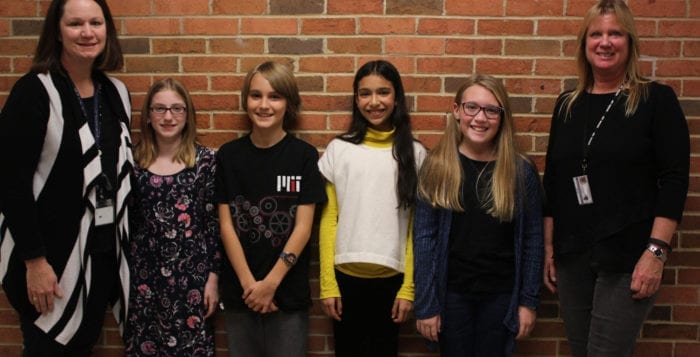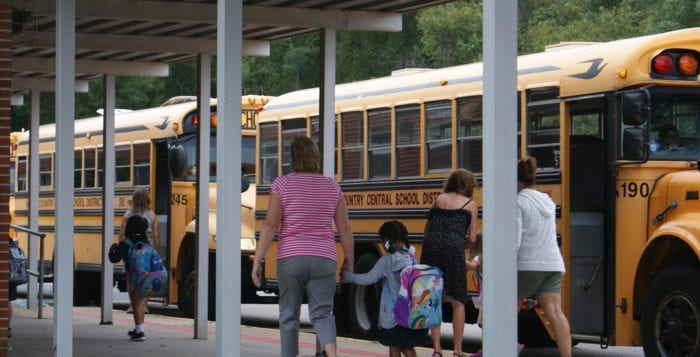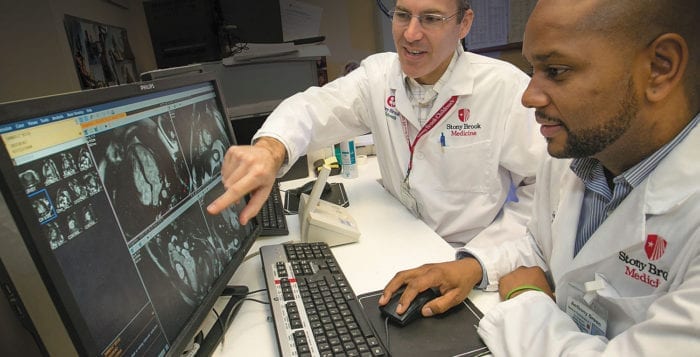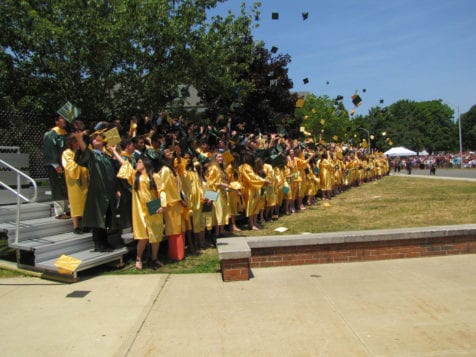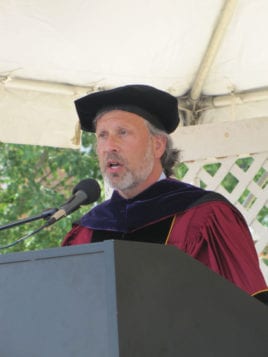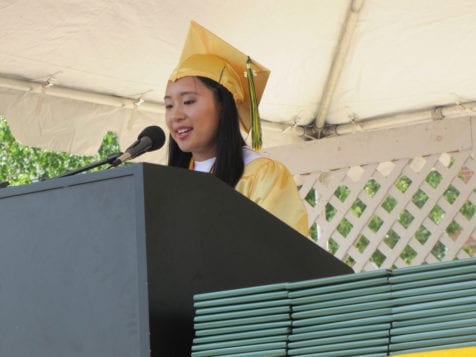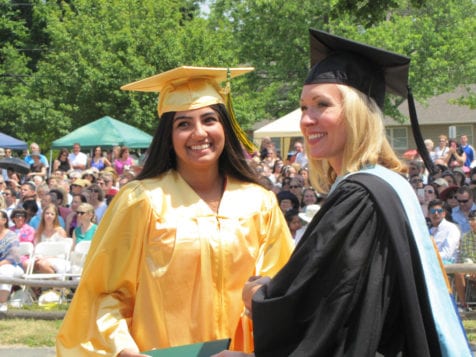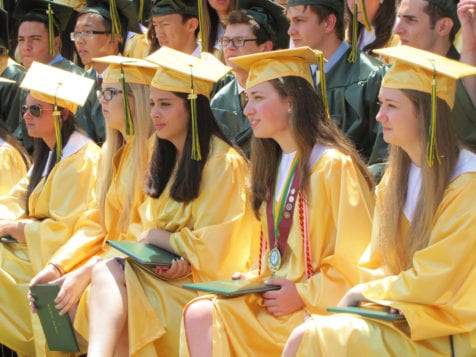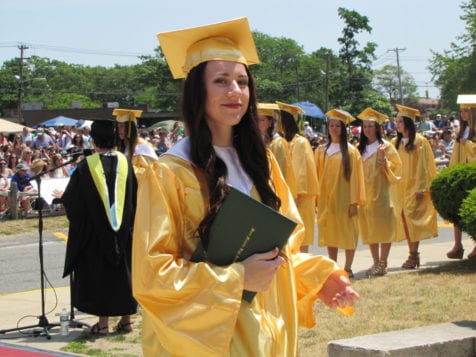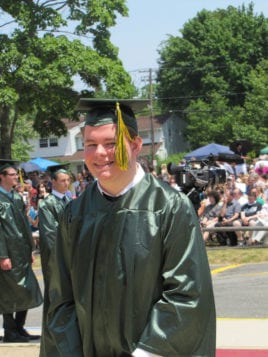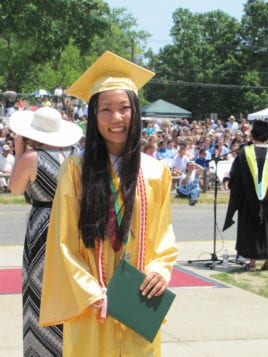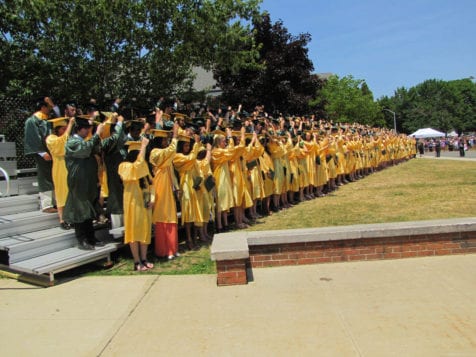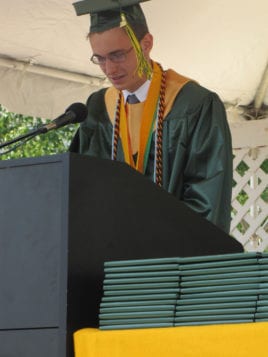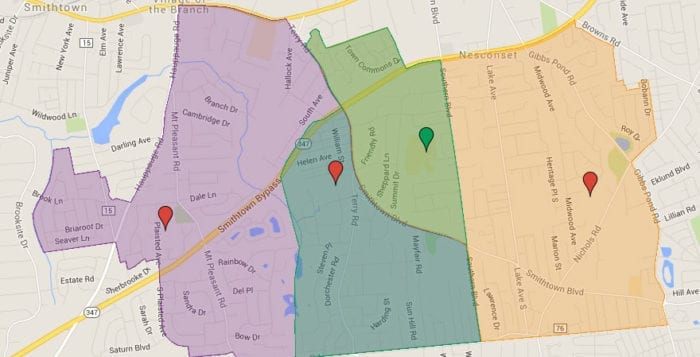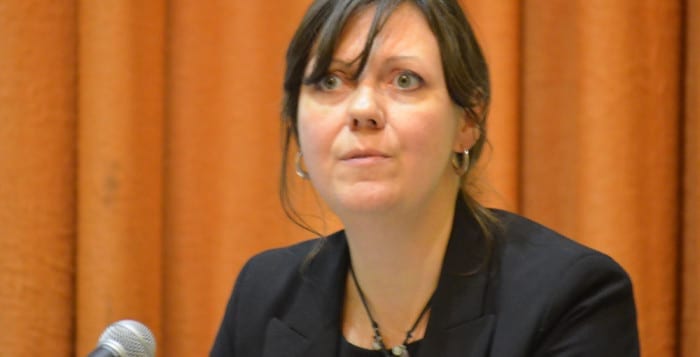High school students within Shoreham-Wading River are getting a head start on real-world job opportunities, thanks to a new community networking initiative rolled out by the district.
The School-to-Community Program, which held its first meeting April 3 and a second May 16 at the high school, helps students of all grade levels and interests prepare for postschool jobs by providing access to business leaders from local community organizations who discuss job tours and shadowing opportunities.
Participating students include those in the school’s science research program; AP Capstone program; science, technology, engineering and math program; and special education population, all of whom are in search of mentorships and internships.
They’ve connected with business leaders representing a wide range of companies like ASRC Federal, a service provider that resolves challenges within federal civilian, intelligence and defense agencies; the Tesla Science Center, a not-for-profit working to develop a regional science and technology center in Wardenclyffe; and Island Harvest, a hunger-relief organization that serves both counties. Representatives from Brookhaven National Lab and the North Shore Youth Council have also been involved.
The two meetings held so far will be the first of many in a continued development between the school and community, according to Amy Meyer, director of STEM for grades K-12 at the district.
“We want all of our students to have access so they have a little bit more real-world experience that will go on to help them choose what they’re going to do.”
— Amy Meyer
“We’re preparing students for jobs in industries and areas where it’s changing so much because of technology and everything else … it’s really important to stay current with what’s happening in those industries in order for students to know what they should expect and what areas they should target,” Meyer said. “We want all of our students to have access so they have a little bit more real-world experience that will go on to help them choose what they’re going to do.”
During the April meeting, 26 business representatives, 17 educators and nine students met to brainstorm programs and events that would accomplish the district’s goal for authentic learning experiences, according to the school.
The May event was an annual STEM symposium — a fair-style gathering that brought awareness to 21st century careers. Students showed off their STEM-related projects, which included robotics, while community leaders spoke from exhibit booths about how their industries are involved with STEM and what educational measures students can take to break into specific industries.
John Searing, an ASRC Federal employee and engineer by degree and trade, got involved in the program through a presentation he made in his daughter’s AP Science class at the school. The teacher of the class recommended he get involved as someone adept at dealing with the students in regards to career and STEM opportunities.
“I think it’s an absolute opportunity to work with the kids as they head into college or some other field, especially technical, and teach them some of the soft skills and nuances about the workplace that can help them along,” Searing said. “I’ve suggested working with them an hour or two every week in a classroom setting to bring some real-world problems we find in the workplace and let them try and solve them.”
A career plan is already in place for next year, Meyer said, which will focus on specific growth industries on Long Island.
“One of the thoughts is that if students know what is available here on Long Island, they may be more apt to stay on Long Island and focus their career on those things,” she said.
The School-to-Community initiative, which has the full support of the school board, curriculum and instruction team, was first proposed in March of this year, and approved right away to lay the groundwork for it to be firmly established next year.
“The school and district want to work together to provide learning and growth opportunities for our students,” Shoreham-Wading River High School Principal Dan Holtzman said in an email. “It is an important step in bridging the community and district together to educate students on career paths and exploration.”

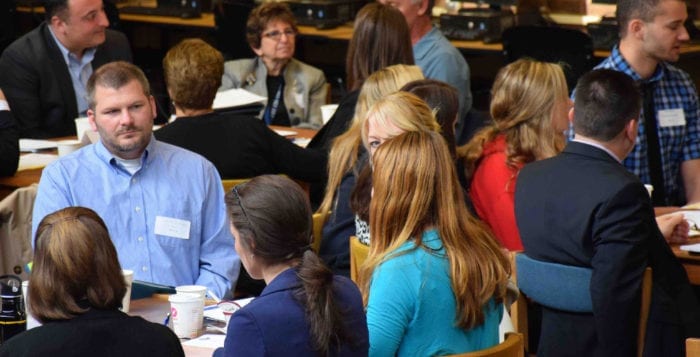
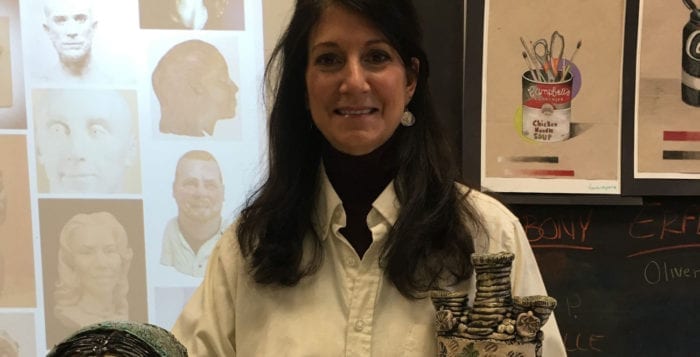

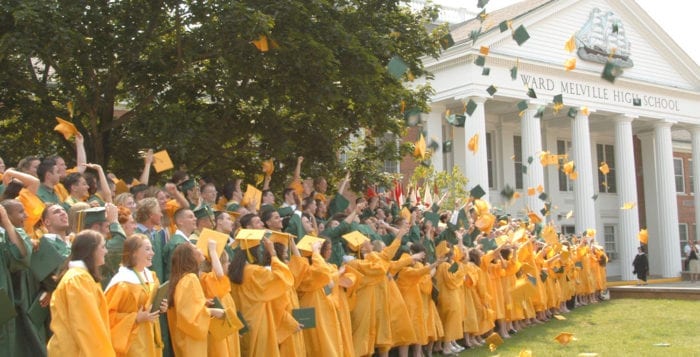
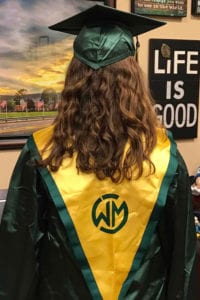 The letter came after nearly 100 students participated in a
The letter came after nearly 100 students participated in a 
